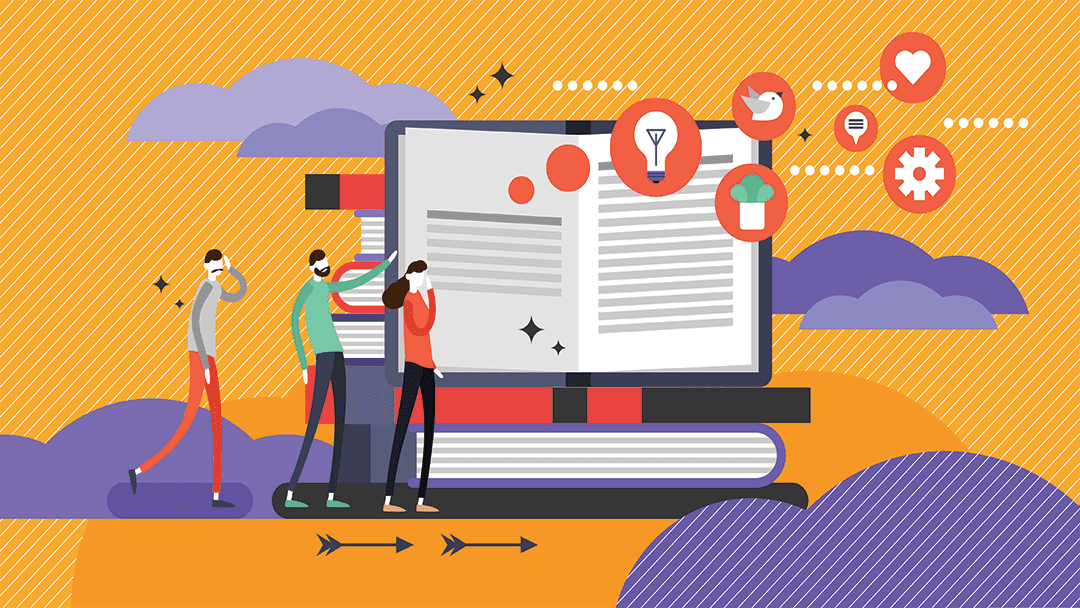
The Psychology of Creativity: Insights for Freelancers
Creativity is the lifeblood of freelancers. It's the spark that ignites fresh ideas, innovative solutions, and captivating designs. But have you ever wondered what goes on inside your brain when you're in the midst of a creative breakthrough? Or how you can harness the power of psychology to boost your creative abilities as a freelancer? In this comprehensive guide, we'll delve into the psychology of creativity, exploring the inner workings of the creative mind and providing valuable insights that can enhance your freelance career.
Understanding the Creative Mind
Before we dive into the psychology of creativity, it's essential to grasp what creativity truly is. Creativity is not limited to artistic endeavors or flashes of genius. It's a multifaceted cognitive process that involves the generation of novel and valuable ideas, solutions, or expressions. Whether you're a graphic designer, writer, web developer, or any other type of freelancer, creativity plays a pivotal role in your work.
1. The Creative Process
The creative process typically involves several stages:
- Preparation: Gathering information, research, and immersing yourself in the subject matter.
- Incubation: Allowing ideas to simmer in your subconscious mind.
- Illumination: The "aha" moment when a breakthrough idea emerges.
- Verification: Testing, refining, and implementing the creative concept.
2. Divergent vs. Convergent Thinking
Creativity involves both divergent and convergent thinking:
- Divergent thinking: Generating a variety of ideas, exploring possibilities, and thinking "outside the box."
- Convergent thinking: Evaluating and selecting the best ideas, focusing on solutions, and refining the creative concept.
The Creative Brain: A Neurological Perspective
Now, let's venture into the brain to understand how creativity is wired neurologically:
1. The Prefrontal Cortex
This area, situated in the frontal lobe, is responsible for complex cognitive functions, including:
- Idea generation: The prefrontal cortex generates new ideas and associations by connecting seemingly unrelated concepts.
- Inhibition: It suppresses irrelevant or distracting information to maintain focus on the task at hand.
- Working memory: This enables you to hold and manipulate information temporarily, crucial for problem-solving and brainstorming.
2. The Default Mode Network (DMN)
The DMN is a network of brain regions that become active when your mind is at rest, daydreaming, or engaged in spontaneous thought. It plays a significant role in creativity:
- Incubation: The DMN activates during the incubation phase of the creative process when you're not actively focused on a problem. It allows ideas to emerge when you least expect them.
3. Neurotransmitters
Neurotransmitters like dopamine, serotonin, and norepinephrine influence mood, motivation, and creativity:
- Dopamine: Linked to pleasure and reward, dopamine can boost motivation and creative drive.
- Serotonin: Stabilizes mood and can enhance creative thinking by reducing anxiety and stress.
- Norepinephrine: Promotes alertness and focus, enabling you to channel your creative ideas effectively.
Factors Influencing Creativity
Several psychological and environmental factors can impact your creative abilities as a freelancer:
1. Mindset and Attitude
- Growth mindset: Believing that your creative abilities can be developed over time fosters resilience and a willingness to embrace challenges.
- Positive attitude: Optimism and a positive outlook can enhance creative thinking by reducing mental barriers.
2. Motivation and Intrinsic Rewards
Intrinsic motivation, driven by the satisfaction of the work itself, often leads to more creative outcomes than external rewards.
3. Environment
- Physical space: A clutter-free, inspiring workspace can stimulate creativity.
- Psychological safety: Feeling safe to take risks and make mistakes encourages creative exploration.
4. Collaborative vs. Solitary Work
Collaboration can introduce diverse perspectives and ideas, while solitary work allows for deep, focused thinking.
Enhancing Your Creative Process
Now that you understand the psychology of creativity, how can you apply these insights to your freelance work? Here are some practical tips:
1. Embrace Diverse Experiences
Expose yourself to various experiences, cultures, and fields of knowledge. This diversity can provide a rich pool of ideas and inspiration.
2. Cultivate Mindfulness
Practicing mindfulness and meditation can help calm the mind, reduce stress, and create space for creative thinking.
3. Balance Divergent and Convergent Thinking
Allocate time for both idea generation (divergent thinking) and idea selection/refinement (convergent thinking) in your creative process.
4. Seek Feedback and Collaboration
Engage with peers, mentors, or clients to gain feedback and diverse perspectives. Collaboration can ignite new creative avenues.
5. Take Breaks
Allow your mind to rest and incubate ideas by taking breaks during your workday. A short walk or moment of relaxation can lead to creative breakthroughs.
6. Embrace Constraints
Constraints can spark creativity by forcing you to think innovatively within limitations.
The Creative Freelancer
As a freelancer, you have the autonomy to explore your creativity fully. By understanding the psychology of creativity, you can tap into the inner workings of your mind and leverage these insights to deliver exceptional work. Whether you're designing a website, crafting a compelling story, or developing a unique product, the principles of creativity remain a constant companion on your freelance journey. Embrace your creative potential, and let it guide you toward excellence in your freelancing career.
